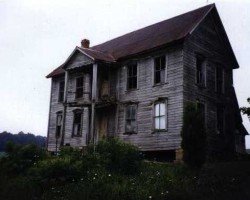
Columbia Law School-
There is broad agreement that predatory subprime lending – along with faulty securitization practices – were important causes of the recent financial crisis. Although the U.S. economy has improved significantly since 2008, it has not fully returned to normal, in part because the housing sector continues to lag. And while the foreclosure crisis been largely resolved in many states, other states – such as Florida, New Jersey and New York — continue to experience a high volume of foreclosures. The communities of color that were targeted for the worst subprime lending practices still experience their lingering effects. In addition, foreclosures remain cause for concern not only to immediately affected areas, but more broadly as well: they generate a host of adverse ripple effects, including declines in home prices and new home construction.
The stock of homes with mortgages in default, in foreclosure, or purchased by the lender after a foreclosure sale (REO, or real-estate-owned) and not put back on the market is called the shadow inventory. Economists generally believe that housing prices will not fully recover until the shadow inventory has been disposed of. Although investors have been purchasing foreclosed properties in more prosperous areas, driving down inventory and contributing to an upswing in housing prices, this has not occurred in many distressed markets.
Yet, in states like New York and New Jersey with judicial foreclosure systems and a large backlog of older cases, foreclosures are taking an average of more than two years to complete (though recent cases are taking considerably less time). Lately, judicial foreclosure regimes have been blamed: critics argue that judicial review creates lengthy processes that in turn only delay the inevitable. Since few borrowers can cure their arrears, some economists argue that costs outweigh benefits. Second, some blame borrowers who strategically default, although studies have found borrowers are averse to walking away, with the result that the percentage of strategic defaulters tends to be relatively low.
© 2010-19 FORECLOSURE FRAUD | by DinSFLA. All rights reserved.


